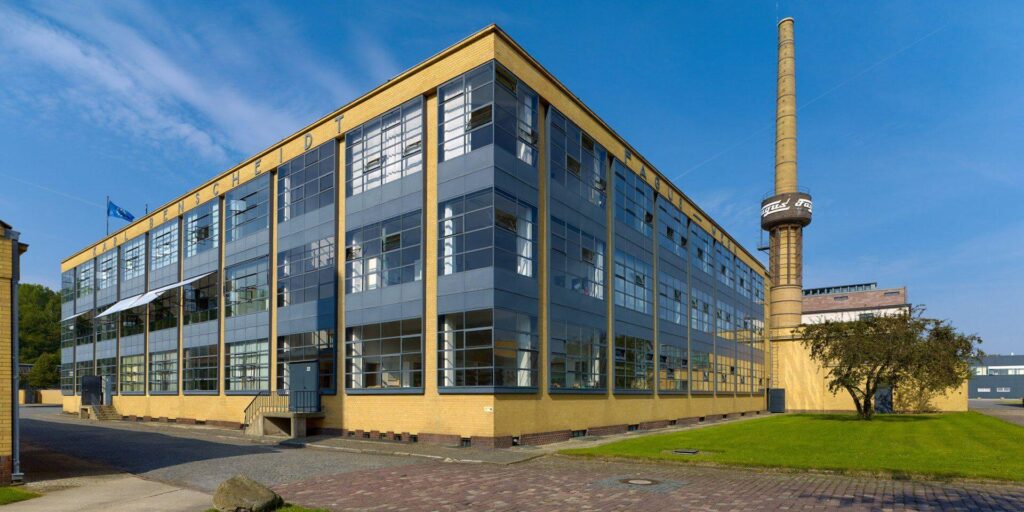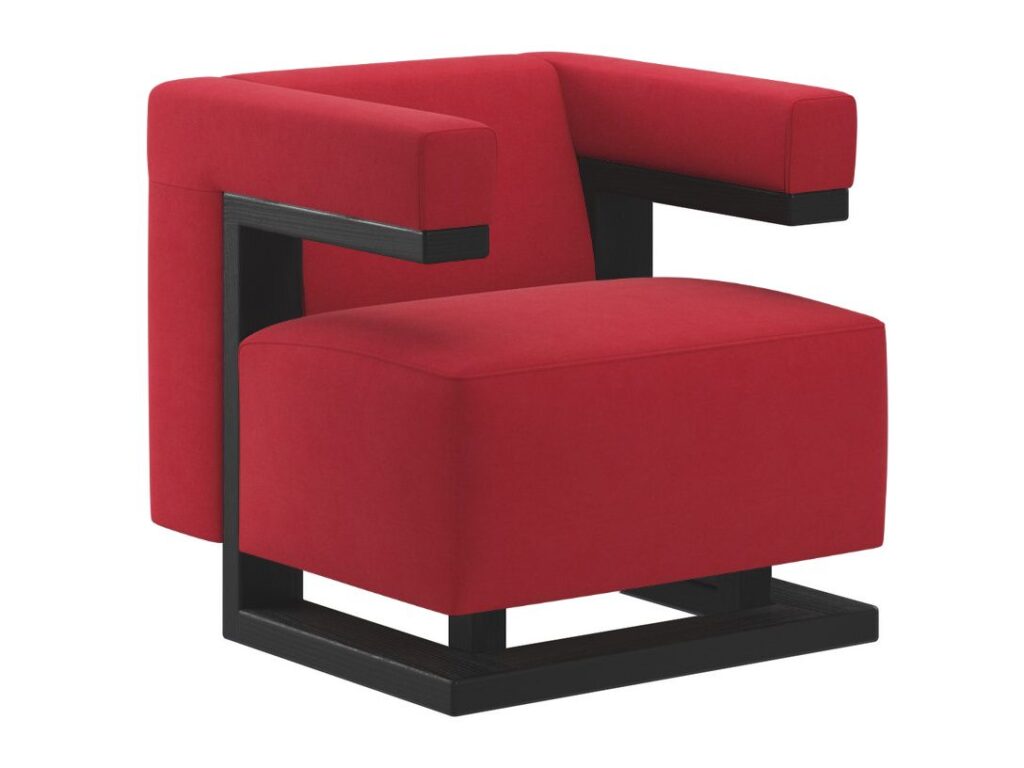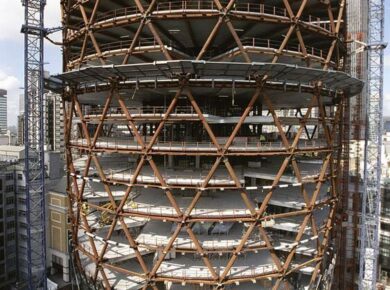Walter Gropius (Berlin, 18 may 1883 – Boston, 5 juli 1969)
Without Gropius, no Bauhaus. But I will talk about the Bauhaus another time.
Gropius was a pupil of Peter Behrens, architect of the AEG Turbine Hall. Gropius completed the Fagus Factory in Alfeld in 1914. Today, the steel, brick and glass building is a UNESCO World Heritage Site. The architecture of the Fagus Factory took into account the need for light, air and brightness.

Photo: Tripadvisor
The entire building was organized according to function. The purpose of the building determined its form; its aesthetics resulted from its functionality. The facade design also foreshadowed its later usage. The revolutionary steel skeleton construction – load-bearing steel elements with brick infill covered by a flat roof – made it possible to forego structural reinforcement of the building corners. These “open corners” were supplemented with windows and balconies that wrapped around the edges, thereby conveying an impression of lightness. The result: a weightless elegance that was unheard of in factories build at the time.
Gropius also designed steel furniture, including the armchair F51.

About the Author:

Bruno Dursin – Managing Director at Believe in Steel. Bruno has more than 30 years of experience in promoting steel & steel solutions. His clients benefit from his extensive network within the building industry.



